"Are you going to the Petersen Museum?” was invariably the reply when I told people I was going to Los Angeles for the first time. I’d actually been sent over for a different job entirely, but clearly I needed to make the time.
You don’t even need to get inside to realise it’s something special, as the flowing ribbons of steel that make up the spectacular façade beckon you inside. Named after its founder, Robert E Petersen, a publishing magnate and serial car collector, this museum was set up in 1994 in an old department store, then heavily renovated in 2015.
There are 11 major exhibitions on at the time of my visit, and the top floor, where the tour starts, hosts just three of them, so who knows how much time I will end up spending in here…
What’s immediately apparent is how well laid-out everything is. Unlike in most car museums, the exhibits are really given space to breathe, letting you wander around and take them in from all angles.
The information boards are beautifully written too, striking a fine balance between informing and entertaining in a way museums rarely manage.
I work my way down the floors, starting with the history of the tyre – far less dull than it sounds – before taking in the iconic movie cars, gawping at the terrifyingly expensive classics in the aptly named Splendor and Speed exhibition, learning how the Waymo self-driving taxis that I’ve seen around the city work and losing my mind over a trio of very special V12-engined supercar concepts from the turn of the century.
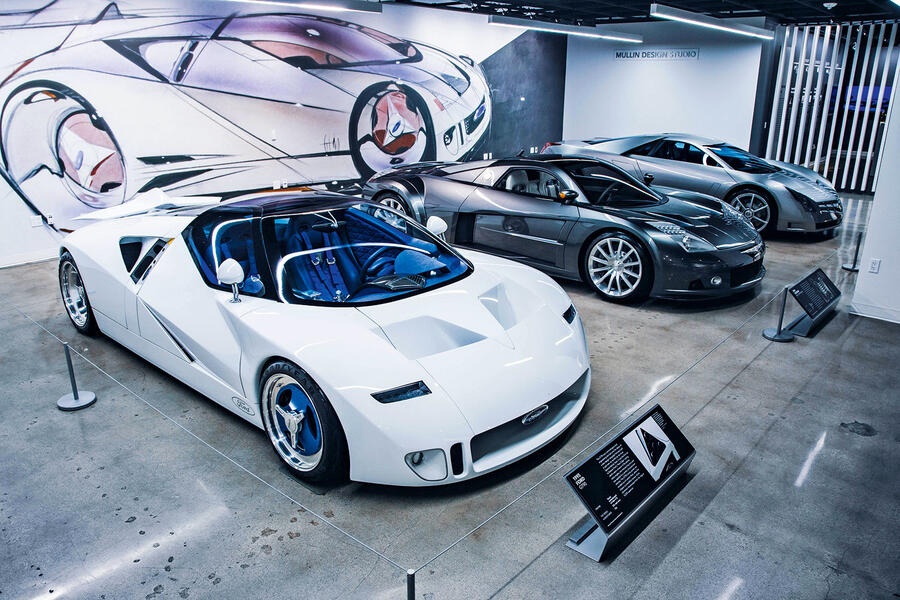
There’s even a fascinating gallery on low-riders and the culture surrounding them.
The bottom floor is known as The Vault. It’s a big underground car park filled with some of the most special cars in the world when they’re not on display upstairs. It costs a bit extra to enter, but you would end up kicking yourself if you missed it.
As beautifully laid out as the main museum is, The Vault almost manages to feel even more special. It’s as though you’re taking a peek into the inner sanctum, with the claustrophobic concrete ceiling making everything feel even closer together than it is.
A pair of Eagle IMSA GTP sports racers sit wing to wing, surrounded by Formula 1 machinery, while on the other side Saddam Hussein’s Mercedes-Benz 600 ‘Grosser’ nudges up to the De Tomaso Pantera that Elvis Presley shot in a rage about its unreliability.
I spend what feels like five minutes but in reality is closer to an hour and a half wandering around this exceptionally special place, slack-jawed in amazement at the metal on show.
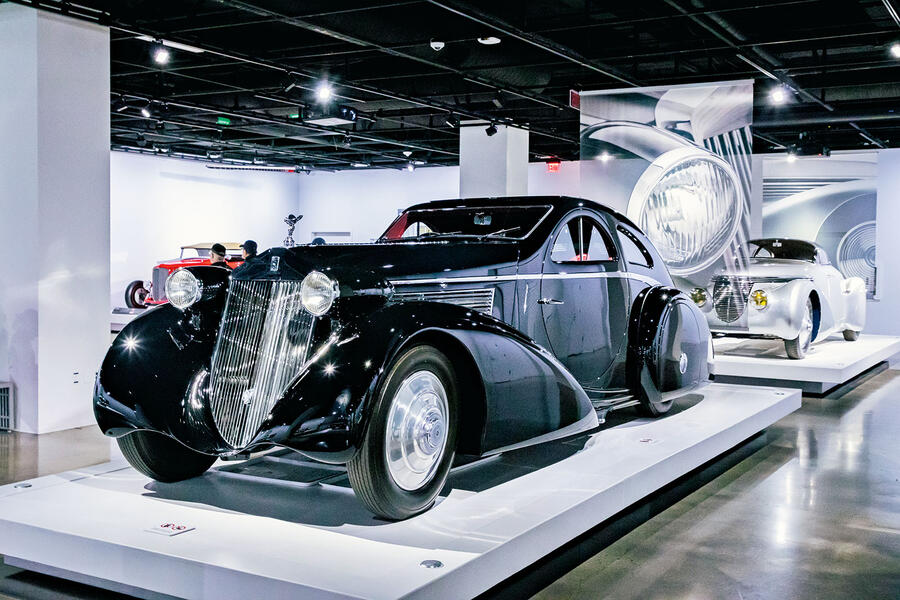
It all rotates, too: exhibitions change often, with cars from the basement being placed on display upstairs and vice versa.
If you ever get the chance to visit, you must. Few car museums on the planet have a collection this fantastic and fewer still display what they have this well.
Our favourite exhibits
V12 Concept trio
One for the PlayStation generation, this. It’s easy to forget that each of the American ‘big three’ made a V12 hypercar concept in the late 1990s or early 2000s, and they’re still exceptionally cool.
The Cadillac Cien could only look more like a fighter jet if it had wings, the Chrysler ME 412 wouldn’t look out of place if launched today and the Ford GT90 is simply so bonkers that you can’t help staring at it.
Rolls-Royce Phantom Jonckheere Coupe
Nothing can prepare you for how big the Jonckheere seems up close, at more than 5.5m long. This one-off Rolls from 1925 is possibly the most elegantly imposing car on the planet.
The grille appears to be as high as a human, while the folds of the bodywork seem to have been shaped by the airflow itself. Fully restored after being found as a wrecked shell, it even features round doors. Impossibly cool.
Chevrolet Biscayne XP-37
Part of General Motors’ Motorama series of concepts, the Biscayne was built in 1955 to flaunt Chevy’s new small-block V8.
Achingly pretty and full of features that would later become common, such as a panoramic roof, it was condemned to scrap along with the other Motorama concepts in 1958, only to be saved by a scrapyard owner when the GM exec tasked with overseeing the job decided to head home early.

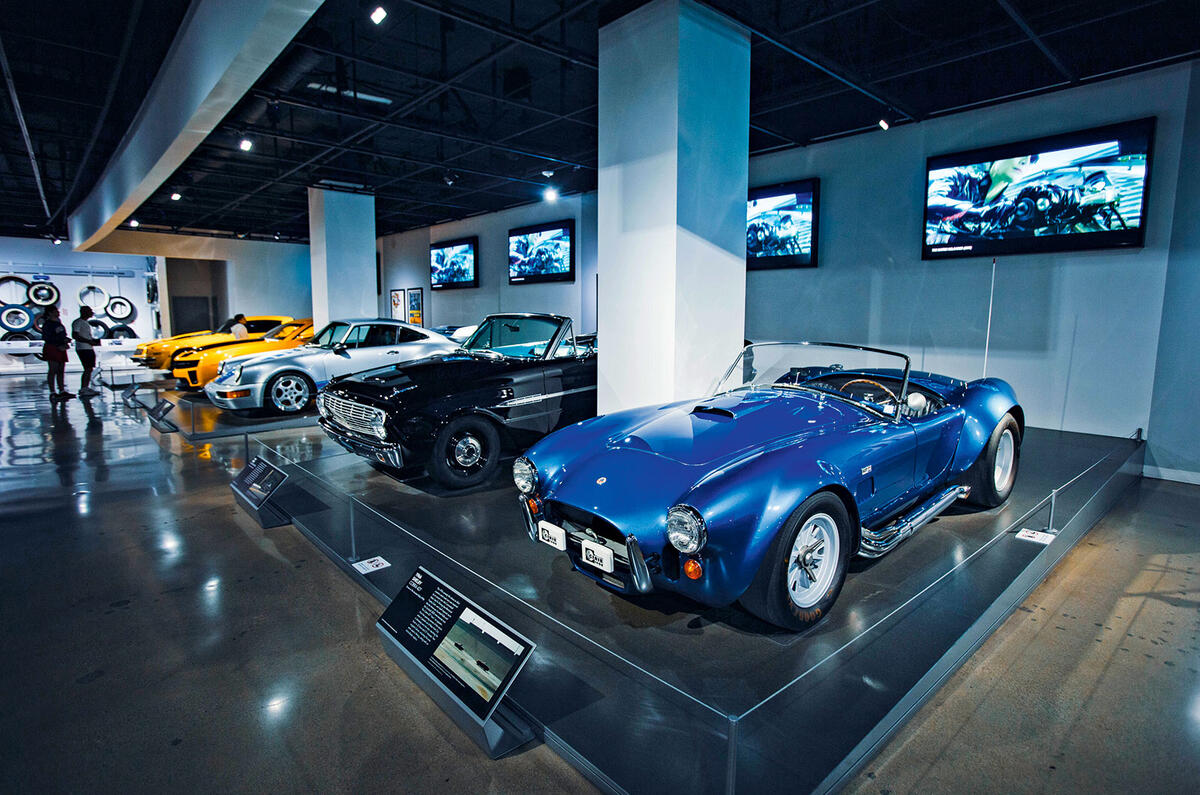
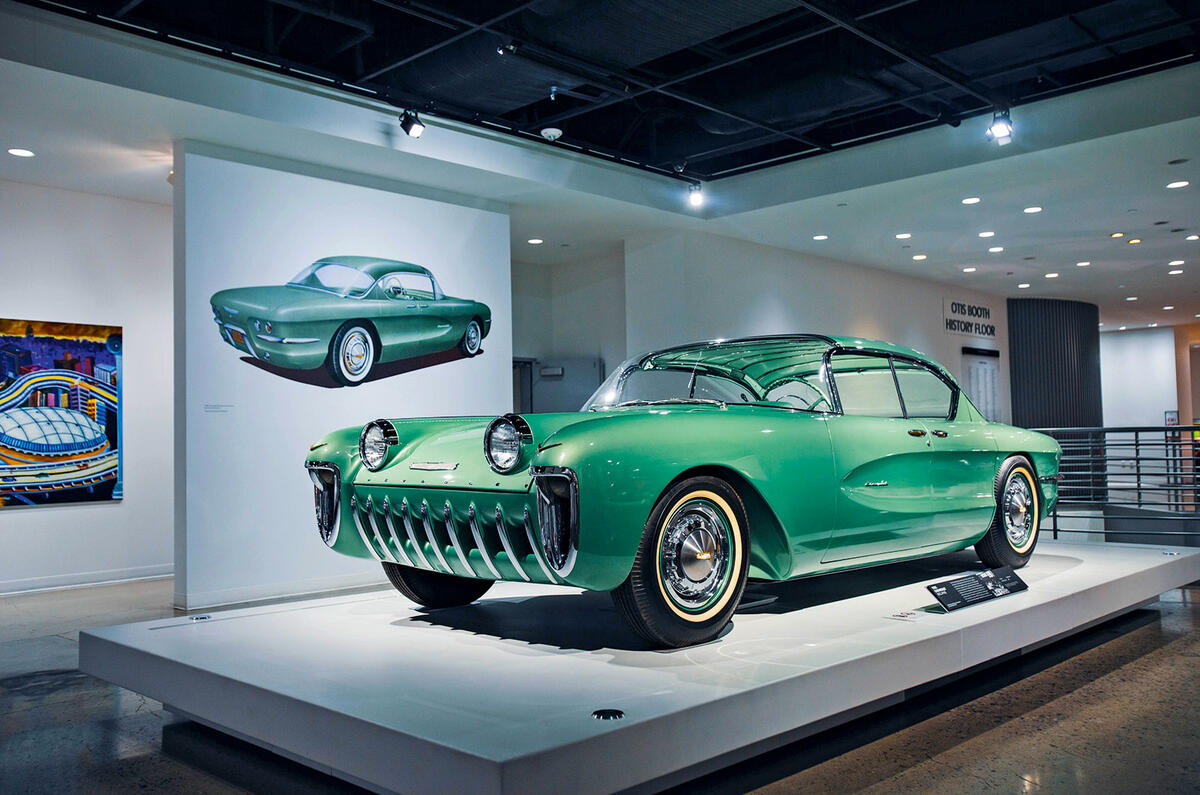
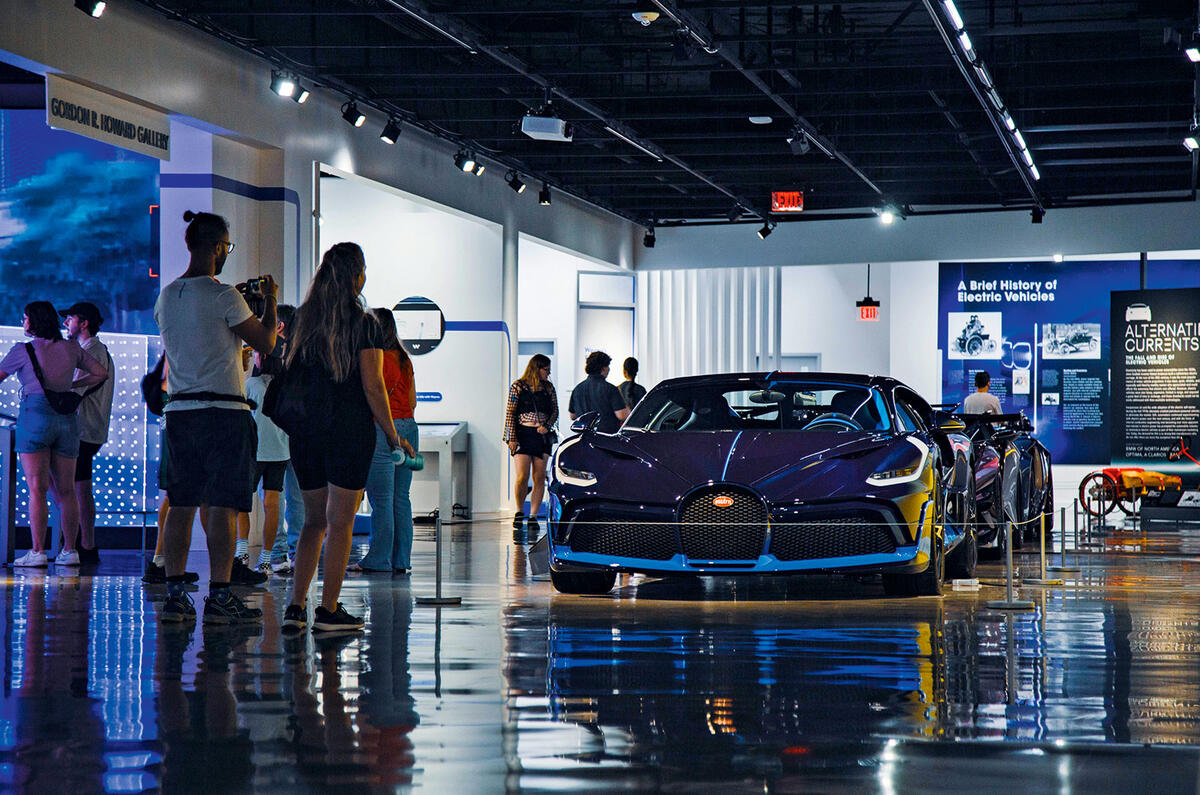
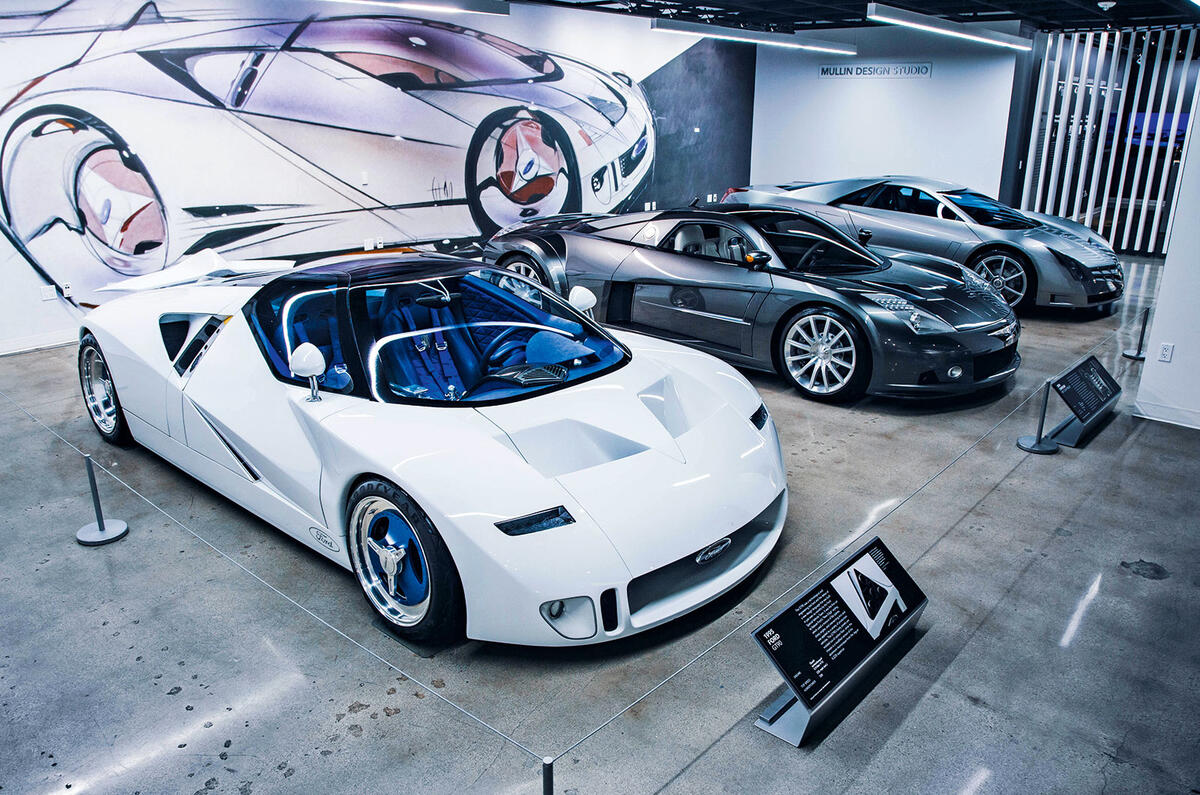
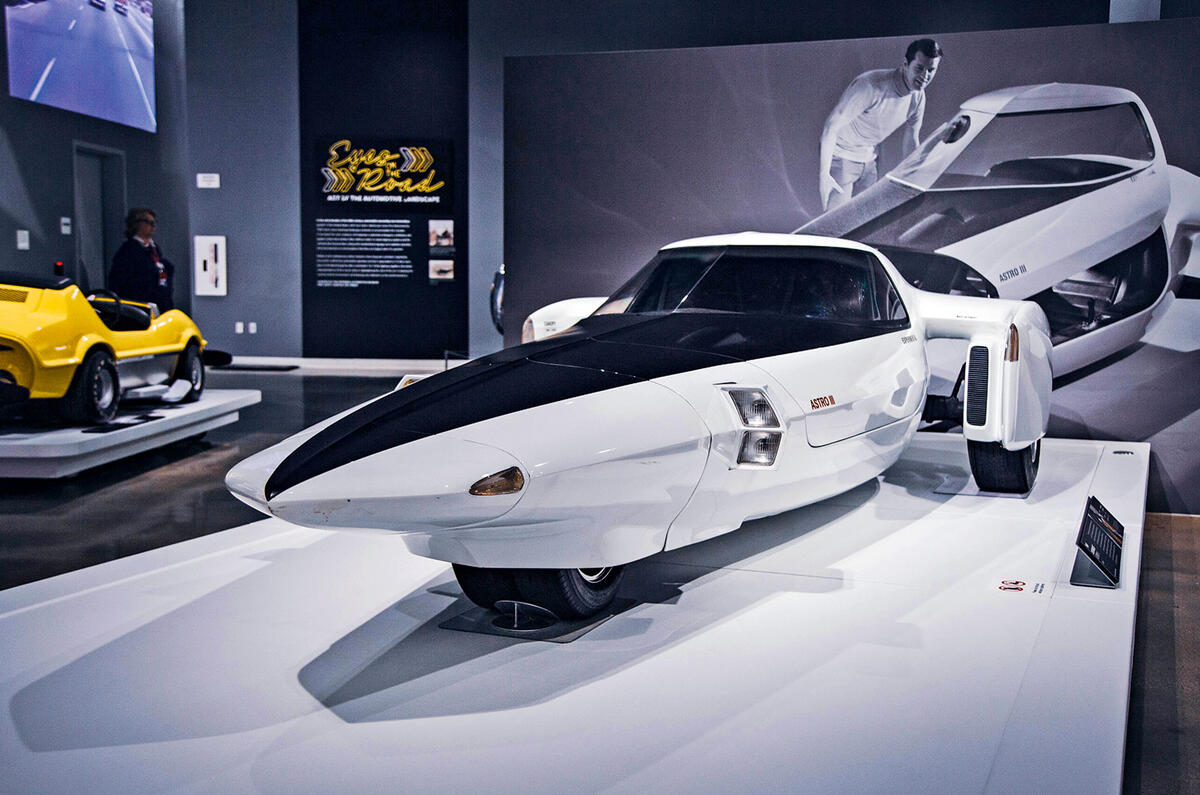
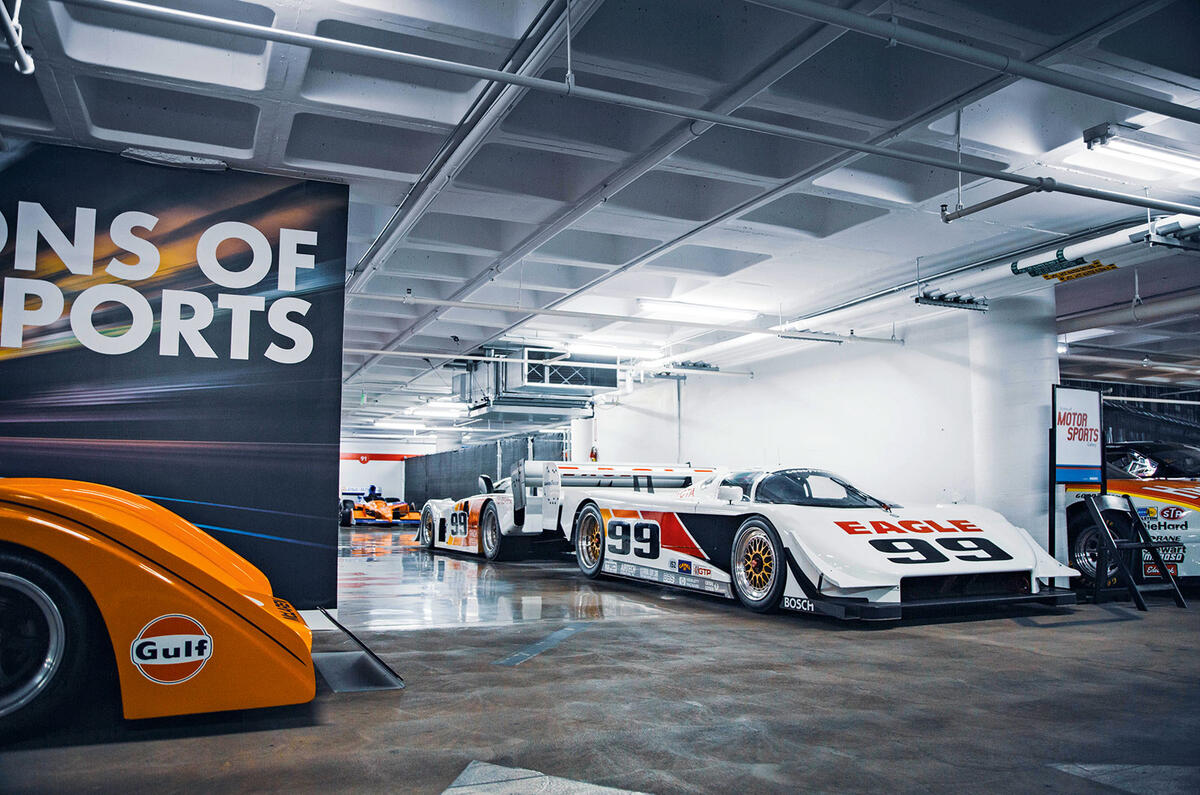
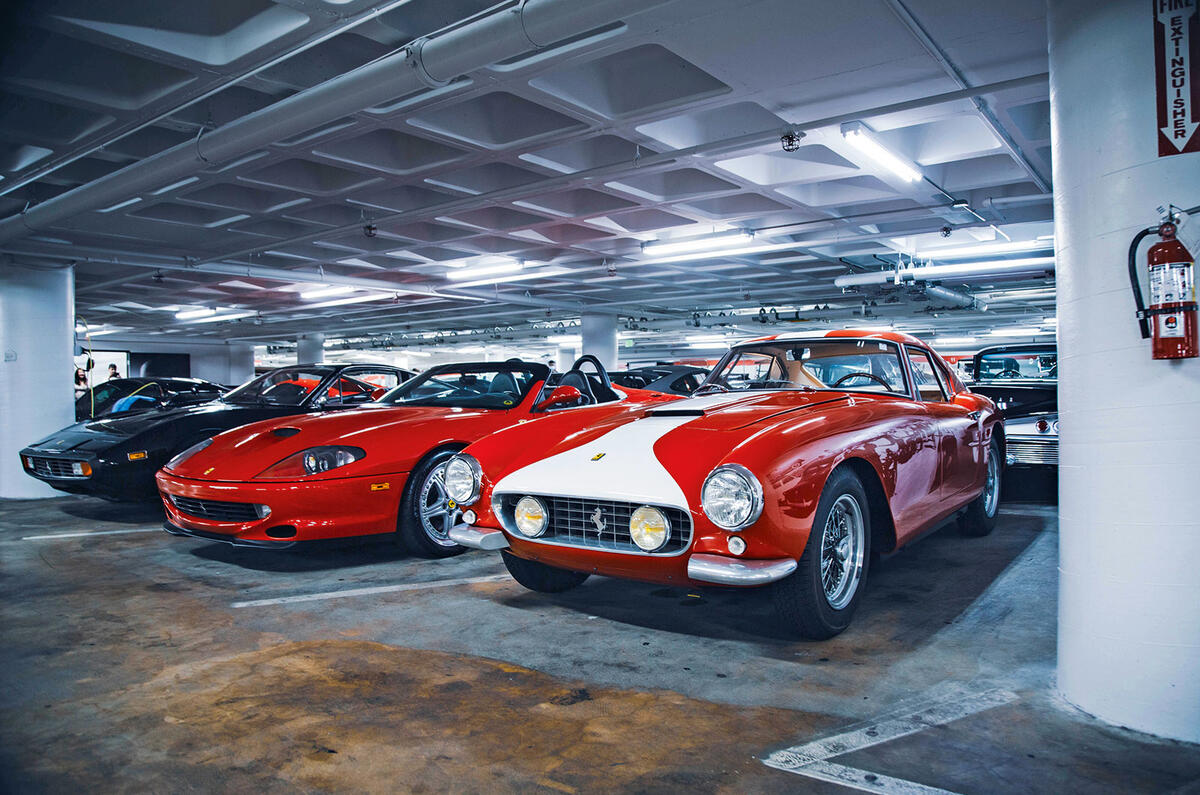
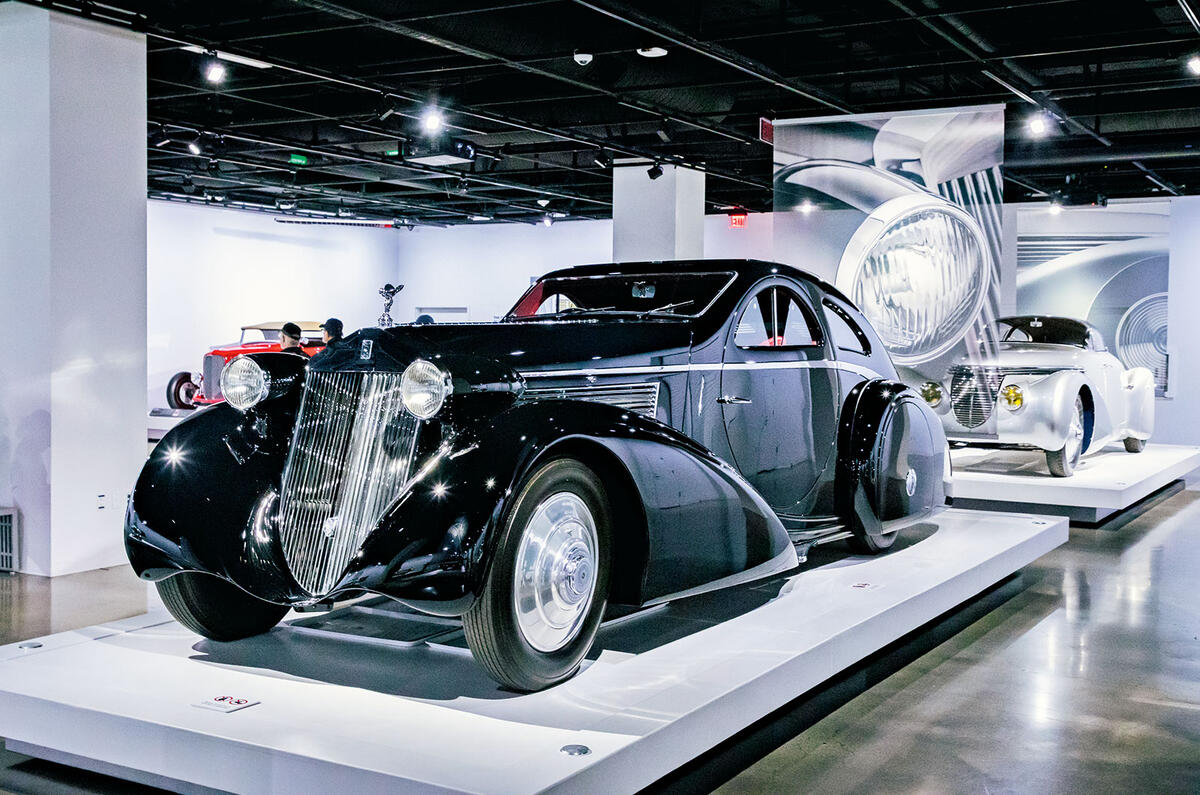

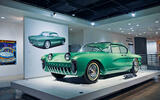


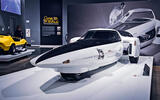


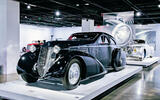


Join the debate
Add your comment
The green Chevy looks rather odd from the front, with is big gnashers under Frogeye Sprite headlights...